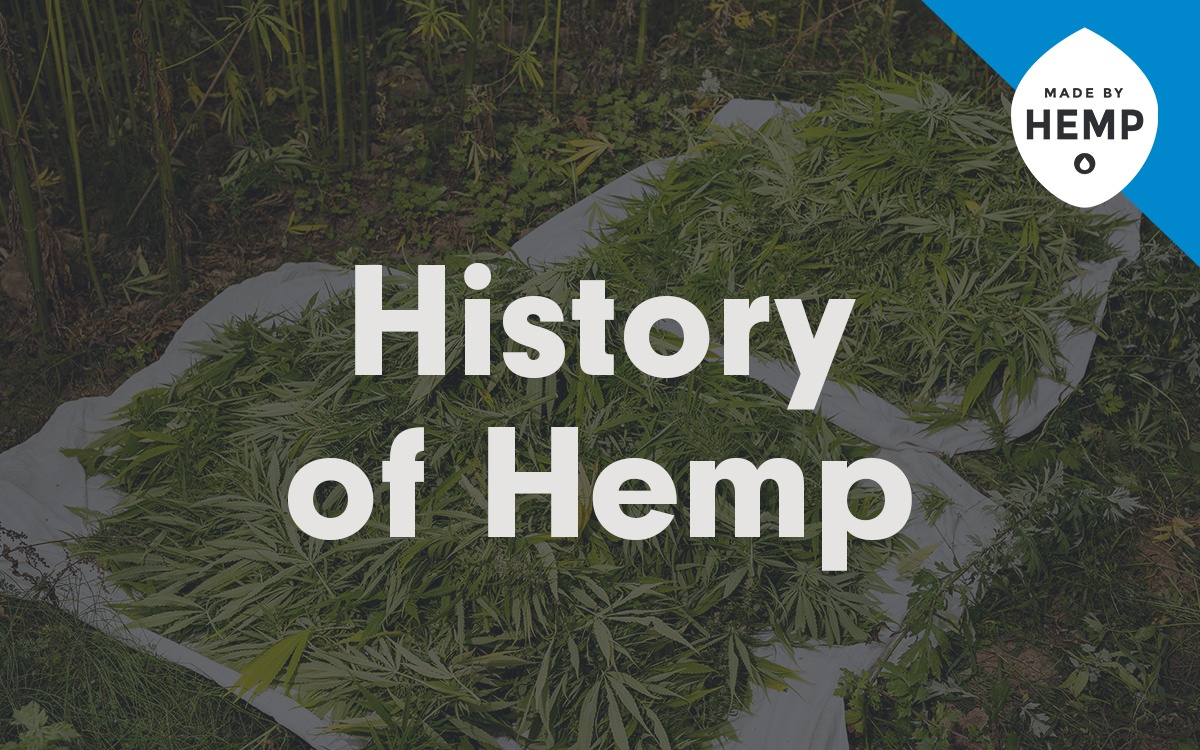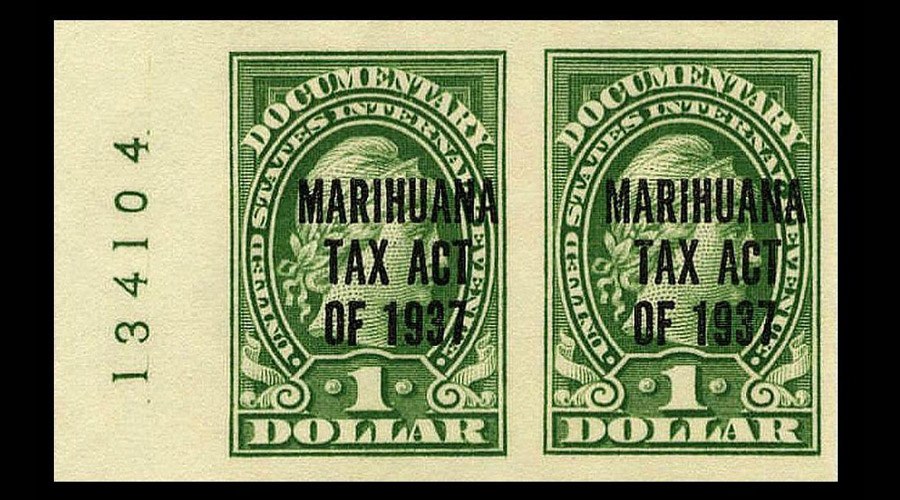Sports have an incredible way of captivating our hearts, igniting our passions, and occasionally leaving us dumbfounded by the unexpected. Historically, there have been instances when the dark horses prevailed, the probabilities were contradicted, and the unfeasible transformed into the factual. Embark with us on a nostalgic odyssey as we revisit some of the most indelible athletic astonishments that left us exulting, weeping, and pondering the fundamental character of rivalry.
The Underdog Triumphs: Defying the Odds
In the world of sports, underdogs often find themselves faced with insurmountable odds. But sometimes, against all expectations, they manage to rise above and achieve the unimaginable. If you’d have bet on any of these with Hollywoodbets, well, you would have made a fortune!
1. The “Miracle on Ice” – 1980 Winter Olympics
Picture this: the 1980 Winter Olympics in Lake Placid, USA. The ice hockey squad from the Soviet Union, universally regarded as invincible, competed against the novice and unseasoned US team. The Soviet team had secured the top prize in the past four Olympic Games, making it inconceivable for anyone to believe the American side could triumph. Incredibly, the underdog team succeeded in securing a phenomenal triumph, besting the Soviets with a 4-3 victory in a match that would later be known as the “Ice Miracle.” This victory signified more than just an athletic accomplishment; it embodied the triumph of determination and teamwork against seemingly overwhelming obstacles.
2. Leicester City’s Premier League Win – 2015-2016 Season
In the world of English football, the Premier League is known for its fierce competition and dominance by the established powerhouses. But in the 2015-2016 season, Leicester City, a team with 5000-to-1 odds of winning the league, proved that the beautiful game is full of surprises. Led by charismatic manager Claudio Ranieri and fueled by unwavering team spirit, Leicester City secured their first-ever Premier League title, leaving fans and pundits alike in awe of their remarkable journey from underdogs to champions.
Moments of Shock and Awe: Redefining Possibilities
Sometimes, a sporting upset isn’t just about the outcome of a game. It’s about rewriting history and showing the world that limitations are meant to be shattered.
1. Buster Douglas Knocks Out Mike Tyson – 1990
The boxing world was in shock when the seemingly invincible Mike Tyson faced off against James “Buster” Douglas in 1990. Tyson was an unstoppable force, known for his quick knockouts and imposing presence. However, Douglas entered the ring with a determination to prove himself. In a stunning turn of events, Douglas knocked out Tyson in the tenth round, defying all expectations and reminding us that no one is unbeatable.
2. Greece Wins UEFA Euro 2004
Football fans were left speechless during the 2004 UEFA European Championship when Greece, a team considered an underdog in every sense, lifted the coveted trophy. Against star-studded opponents and with a solid defense-first strategy, Greece showcased the power of teamwork, discipline, and strategic play. Their victory taught us that in sports, as in life, surprises await those who dare to dream big and work tirelessly.
A Roller Coaster of Emotions: From Despair to Triumph
Sporting upsets often take us on an emotional roller coaster, leaving us on the edge of our seats and making us believe that anything is possible.
1. The 2007 Cricket World Cup Final
In cricket-crazy India, the 2007 ICC Cricket World Cup was a roller coaster of emotions. The Indian team, a favorite to win, faced off against underdog newcomers Bangladesh in the group stage. In a shocking turn of events, India was defeated, leaving fans heartbroken and shocked. The upset was a reminder that the game of cricket is unpredictable and that complacency can lead to unexpected outcomes.
2. Rulon Gardner’s Olympic Wrestling Upset – Sydney 2000
Sydney 2000 Olympics witnessed one of the most inspiring upsets in wrestling history. Rulon Gardner, an American wrestler, faced Alexander Karelin, a Russian legend who hadn’t lost a match in 13 years. Against all odds, Gardner managed to defeat Karelin, ending the Russian’s incredible winning streak and showcasing the power of determination and resilience. Gardner’s triumph was a testament to the human spirit’s ability to overcome even the most daunting challenges.
Conclusion: Celebrating the Unpredictable Beauty of Sports
In a world that often thrives on predictability, the realm of sports continues to remind us that the unpredictable is what makes competitions so thrilling. The instances when the underdog triumphs over the mighty, when what seemed unattainable materializes, and when sorrow transforms into exhilaration, encapsulate the very soul of sports. These athletic surprises serve as a reminder that the potential of the human spirit is limitless, and that, regardless of the odds, there is always an opportunity for the dark horse to dazzle.
So, the next time you find yourself engrossed in a match and it appears that the odds are overwhelmingly against a team or player, recall these memorable episodes from the annals of sports. They stand as a testimony to the strength of will, cooperation, and the capacity to redefine the boundaries of the achievable. Sports will always be a stage where dreams come true, and where the unexpected will forever reign supreme.
Contributed Post.
If you like what you’ve read here, please let others know of this post, blog, and site.
And thanks for reading! 🙂






